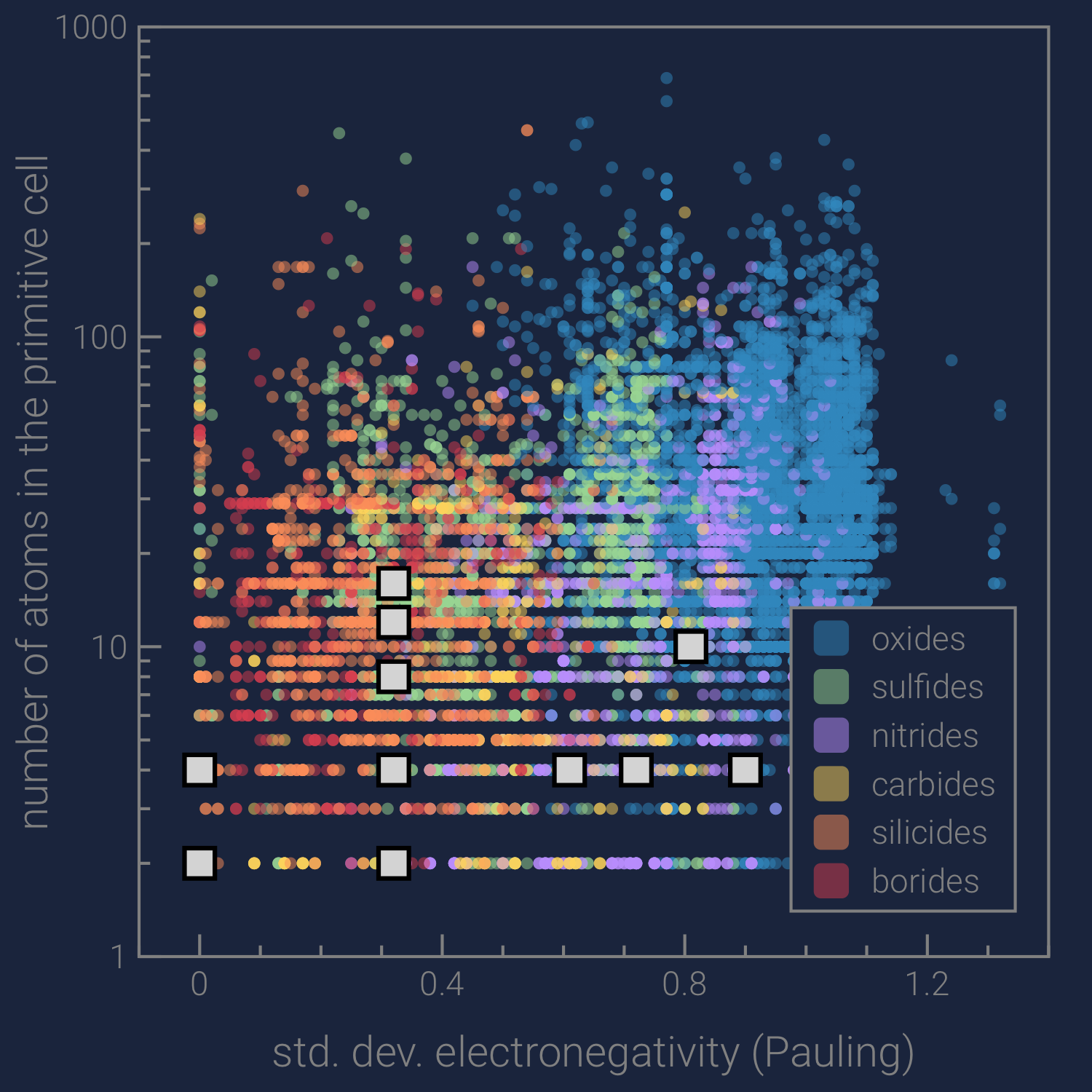Prashun Gorai
Computationally Guided Materials Discovery
We use computations to accelerate the discovery and design of novel functional materials for thermoelectric, photovoltaic, energy storage, electronic applications etc. We are based at Colorado School of Mines and National Renewable Energy Lab.
News and Updates
- Recognition: Outstanding reviewer for the Journal of Materials Chemistry A 2019
P. G. recognized as one of the 25 outstanding reviewers for the Journal of Materials Chemistry A based on the number, timeliness, and quality of the reports completed in 2019. Thank you, Royal Society of Chemistry, for this recognition!
- New paper: Discovery of n-type Zintl phases RbAlSb4, RbGaSb4, CsAlSb4, and CsGaSb4
Looking beyond known materials, we report the discovery of n-type Zintl phases for thermoelectric applications. We use first-principles calculations to understand their defect chemistry and also report new Zintl phases for further exploration. Published in ACS Applied Energy Materials.
- New paper: Defect chemistry of disordered solid-State electrolyte Li10GeP2S12
We modeled the defect chemistry of a complex disordered solid-state electrolyte LGPS. Preprint on ChemRxiv. Published in the Journal of Materials Chemistry A.
- New paper: Comment on “Understanding the intrinsic p-type behavior and phase stability of thermoelectric α-Mg3Sb2”
We tested and clarified some recent claims in the literature regarding Mg complexes in this material. Preprint on ChemRxiv. Published in ACS Applied Energy Materials.
- Featured on cover: A computational survey of semiconductors for power electronics
Cover image of Energy and Environmental Science
- New paper: A computational survey of semiconductors for power electronics
Power electronics are ubiquitous, from consumer electronics to solar/wind energy conversion to large-scale industrial motors. Si-based devices dominate the market while GaN, SiC, and Ga2O3 are emerging materials but suffer from issues related to non-negligible defect densities, high synthesis costs, or poor thermal properties. In this work, we report a computational survey of semiconductors to identify novel materials for future power electronics. Preprint on ChemRxiv. Published in Energy & Environmental Science.
- New paper: A simple chemical guide for finding n-type dopable Zintl pnictide thermoelectric materials
Zintl phases are among the best-performing thermoelectric materials; however, almost all known Zintl thermoelectric materials are persistently p-type because of self-doping. Interestingly, computational searches have have revealed many Zintl phases that are expected to be promising thermoelectric materials if doped n-type. There is an increasing interest in discovering novel n-type Zintl thermoelectric materials. In this work, we present a simple, yet effective, chemical guide for finding n-type dopable Zintl pnictides and perform a large-scale search to identify candidate materials. Preprint on ChemRxiv. Published in Journal of Materials Chemistry A.
- Recognition: Outstanding reviewer for the Journal of Materials Chemistry A 2018
P. G. recognized as one of the 25 outstanding reviewers for the Journal of Materials Chemistry A based on the number, timeliness, and quality of the reports completed in 2018. The Royal Society of Chemistry published a blog post and editorial highlighting these 25 outstanding reviewers.
- New paper: rapid prediction of anisotropic lattice thermal conductivity: application to layered materials
Thermal transport is an important consideration in many applications from thermoelectrics to optoelectronics. In anisotropic materials such as those with layered motifs, lattice thermal conductivity (kL) can vary significantly with the direction of heat transport. We have developed a semi-empirical model to predict the direction-dependent kL. The inputs to the model are obtained from simple DFT calculations. We demonstrate the utility of this model by performing a large-scale study of the anisotropy in kL of 2261 layered materials. Preprint on ChemRxiv. Accepted in Chemistry of Materials.
- New paper: effective n-type doping of Mg3Sb2 with group 3 elements
We predict using first-principles defect calculations that group 3 elements (Sc, Y, La) are highly effective n-type dopants for thermoelectric materials Mg3Sb2 – more effective than chalcogens (Se, Te). Recently, effective n-type doping with La was experimentally confirmed. Preprint available on arXiv. Accepted in the Journal of Applied Physics.
